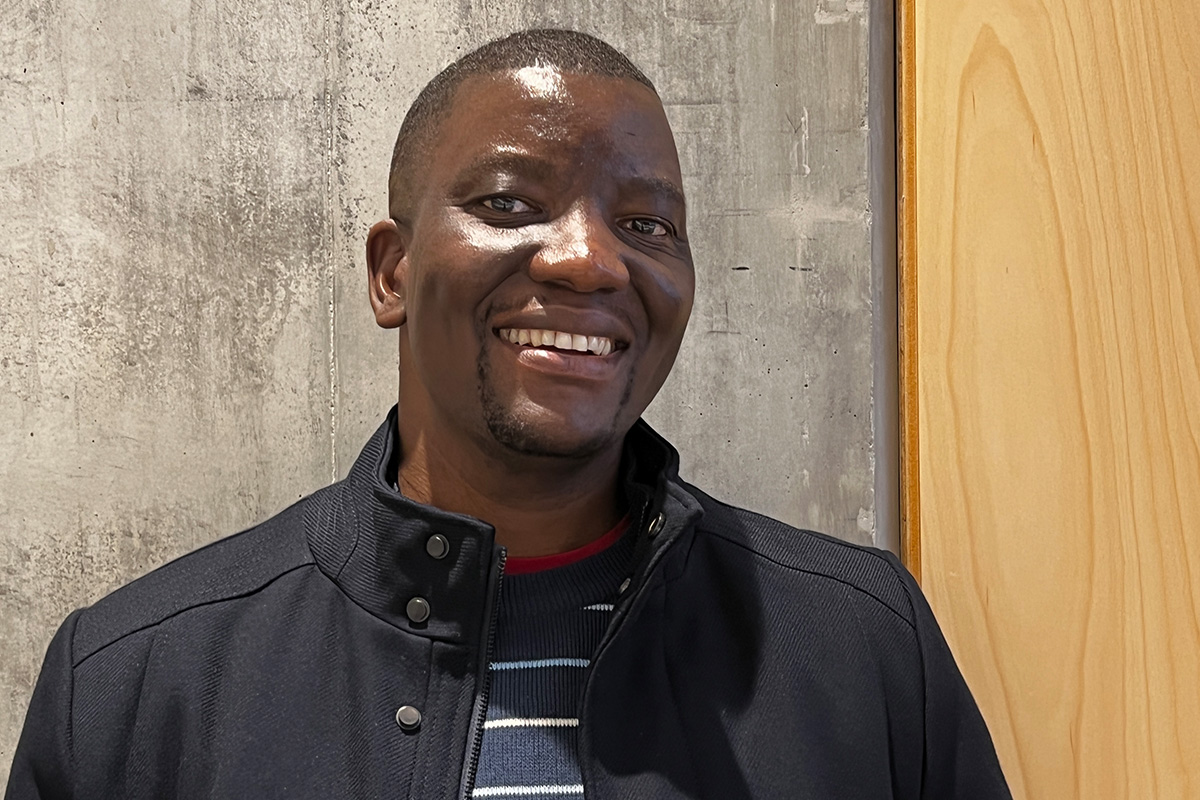
Sandy Anderson, OAM
Registered nurse and ANMF member Sandy Anderson has been awarded an Order of Australia Medal (OAM) for her work in cancer prevention and Aboriginal women’s health.
Sandy has worked for Cancer Council Victoria for nearly 20 years and has served on the board of Breast Screen Victoria and VCS Foundation. In her role at the Cancer Council Victoria, Sandy provides workshops and seminars for nurses who provide cervical screenings and works on campaigns to remove cancer screening barriers for groups that are under-represented in screening programs, such as Aboriginal women and the LGBTQI community.
For nearly 10 years, Sandy has also worked at the Ballarat and District Aboriginal Cooperative in the medical clinic as a primary health nurse with a specialist interest in cancer prevention and women’s health.
‘Obviously when I got the email (about the OAM) I was delighted, shocked – it’s not something I expected – and honoured,’ Sandy said.
‘I think particularly in this current environment and this year, which the World Health Organisation has identified as the International Year of the Nurse, I think it gives it even more meaning.
‘I’m very humbled and there’s been such an outpouring of lovely messages from colleagues that I’ve really appreciated since it was announced.’
Sandy said she had worked hard with a dedicated team at the Ballarat and District Aboriginal Cooperative to improve women’s health and cancer screening – and also to improve the rate of bowel screening for men.
Sandy said that while she is not Aboriginal, her understanding from her Aboriginal colleagues and clients is that Aboriginal women are less likely to undertake cancer screenings for a number of reasons, including shame, discomfort, lack of trust and lack of female healthcare providers.
However, Sandy said the cervical screening rate for female clients of the Ballarat and District Aboriginal Cooperative had risen to almost 70 per cent, as a result of close attention to clients’ screening histories and appropriate follow-up.
‘It’s been a huge amount of work to build trust and to use our processes in the primary health clinic to ensure that we know when women need screening and find all sorts of ways to assist women to screen,’ Sandy said.
‘That includes with the renewed cervical screening program, the self-collected sample, which allows women who’ve never screened, who are over 30 or two years overdue from their last screen and have not accepted the option of a health provider examination, to (self) undertake their screening with a cervical screening swab – which is a much more acceptable process for some women.’
Health organisations should provide welcoming, culturally safe environments for Aboriginal people, starting with the symbolism of displaying the Aboriginal flag and capacity for patients to identify themselves as Aboriginal on admission/reception forms. Non-Aboriginal nurses and midwives need to be aware that the colour of a person’s skin does not necessarily identify their Aboriginality.
‘It’s so important that we build information at the screening level, rather than the diagnosis; to ensure that nurses and their colleagues are putting in that information, so we can understand that screening behaviour,’ Sandy said.
As for nurses’ cancer screening record, Sandy said she did not know whether healthcare workers are over or under-represented in cancer screening statistics.
‘I’ve had many conversations with nurses over the years and I think they get it. I think they understand the benefits of being well-screened, of knowing that with a negative screening test they’re well-protected from the changes that may become cancer and that’s a good thing.’




